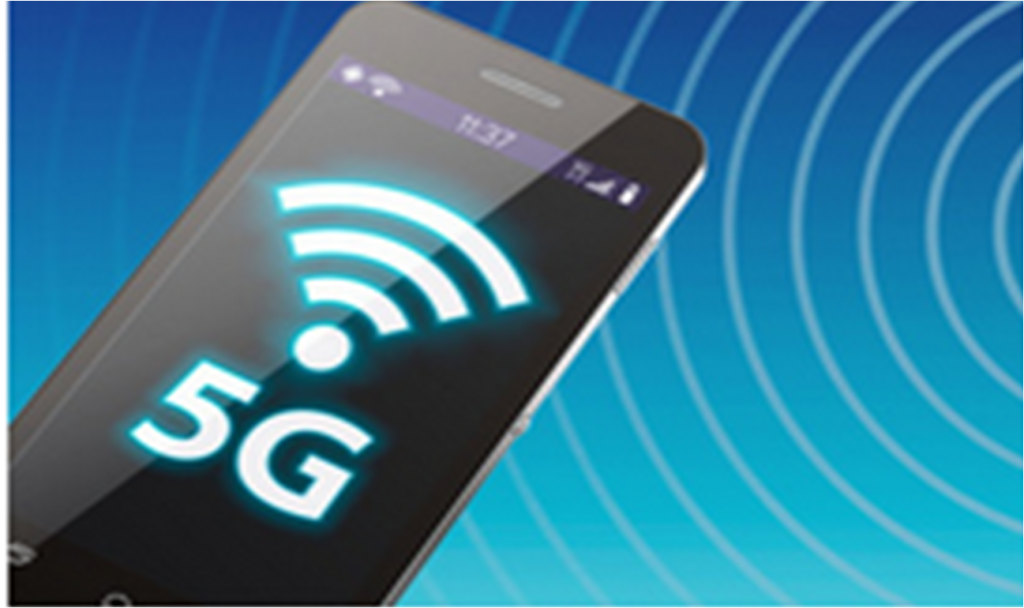5G Network – Next Generation Wireless Technology
5G network technology is coming, but most people aren’t sure what it is or why we require 5G. 5G is the next generation of a network of wireless technology, planned for today’s increasing data demands of the future while also expanding the scope of mobile technology beyond the capabilities of LTE.
With a 5G connection, you’ll see faster network speeds usually 10 times faster than a 4G network, but the biggest changes will happen when carriers have all deployed high-frequency millimeter wave technology to tap radio wavelengths that have been unusable in the past.
The range of the high frequency is from 24-86GHz. Currently, 5G will use the existing spectrum of LTE frequency range 600 MHz to 6 GHz. 5G networks can respond nearly in real-time with practically no delay. It also provides wireless connectivity for far more connections than today’s networks.

What phones support 5G networks?
Finally, in 2019 people will be required to purchase a 5G phone. So far, the following 5G-capable devices have been already announced:
- Samsung Galaxy S10 5G
- Samsung Galaxy Fold
- LG V50 ThinQ
- Huawei Mate X
- OnePlus 5G Phone
- Xiaomi Mi Mix 3 5G
- ZTE Axon 10 Pro 5G
All about the 5G frequency
We already discuss the frequency of the 5G network at the start of this article here I am going to explain further. So, there are two parts of the 5G network:
- Low-frequency network
- High-Frequency network
Low-frequency networks will use the frequency band uses the current 4G technology, but with changes to signal to encode with wider channel bands for speeds up to 50% better than the best 4G LTE network has to offer today.
Networks with the above changes also are still able to have the same range that they currently use, which means no additional cell sites are needed to maintain the same network footprint. It only required new equipment to be installed at existing locations.
Usage of the high-frequency spectrum is the better and actual change in the technology behind 5G. The high-frequency spectrum available from wavelengths from 24 to 86GHz allows very fast and very “wide” channels for broadband. The spectrum is also known as millimeter wave frequency, these channels have one major drawback.

